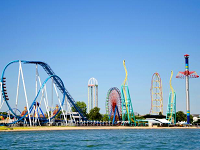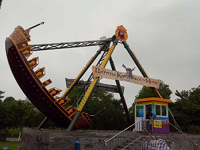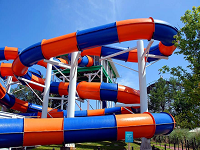What Is Friction, Wear And Lubrication Of Outdoor Amusement Park Ride
When two objects are in contact with each other under the action of positive pressure move relative to each other or tend to move relative to each other under the action of a tangential external force, resistance against the movement will occur on the contact surface. We call this phenomenon is as friction and the occuring force will be called frictional force.
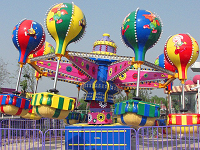

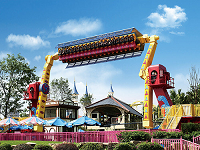
Friction will causes heat generation, temperature rise, and energy loss, as well as loss and transfer of material on the contact surfaces, that is a wear of the contact surfaces.Wear will cause the surface shape and size of the parts to be slowly and continuously damaged, gradually reduce the mechanical efficiency and reliability, until the original working performance is lost, and even lead to the sudden destruction of the parts. Therefore, the wear caused by friction is the main reason for the failure of mechanical amusement equipment.
In order to control friction, reduce wear and energy loss, improve mechanical efficiency, reduce material consumption, and ensure the reliability of game machine work, the most effective way is to apply lubricant between the contact surfaces that are in relative motion, which is lubrication.
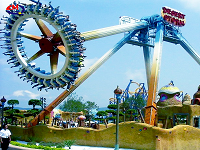
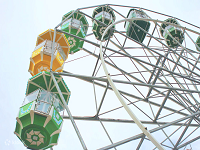
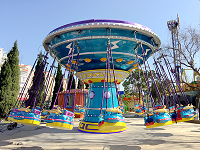
Friction is divided into two categories: internal friction and external friction.The friction that occurs inside the substance that hinders the relative motion between molecules is called internal friction; when two objects in contact with each other are in relative motion or tend to move relative to each other, the friction generated on the contact surface that hinders the relative motion is called external friction.The friction when there is only relative motion tendency is called static friction; the friction when relative motion is called dynamic friction.According to the different properties of friction, dynamic friction is divided into sliding friction and rolling friction, its mechanisms and laws of the two are completely different.
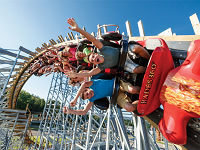
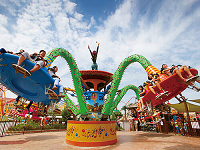

According to the different friction states between the friction surfaces, that is, the amount of lubricating oil and the thickness of the oil layer, sliding friction is divided into dry friction, boundary friction, fluid friction and mixed friction.
1)Dry friction . Dry friction refers to the friction between clean surfaces that are in direct contact without any lubricant or protective film between the two friction surfaces.Real dry friction only could be seen in a vacuum, and it does not exist in engineering practice, because the surface of any part will not only form an oxide film due to oxidation, but also be more or less wetted by gas containing lubricant molecules.In mechanical design.The friction properties of dry friction depend on the properties of the paired materials. The friction resistance and friction power consumption are the largest, the wear is the most serious, and the service life of the parts is the shortest, which should be avoided as much as possible.
2)Boundary friction.The friction surface is separated by a boundary film adsorbed on the surface, and the friction properties depend on the boundary film and the friction when the surface adsorption performance is called boundary friction.
3)Fluid friction. The two friction surfaces are separated by a fluid layer (liquid or gas), and the friction properties depend on the friction of the viscous resistance between the molecules inside the fluid, which is called fluid friction.The frictional resistance of fluid friction is the smallest, theoretically there is no wear, and the service life of the parts is the longest, which is the most ideal friction state for sliding bearings.But fluid friction only can be achieved when load, velocity and fluid viscosity are reasonably matched.
4.)Mixed friction.Friction state is named mixed friction when boundary friction and fluid friction are under the mixed state.

